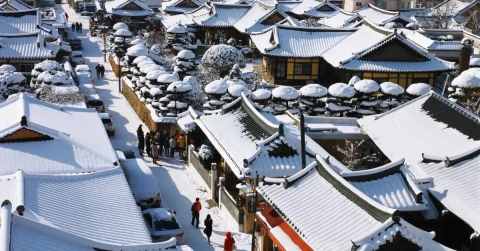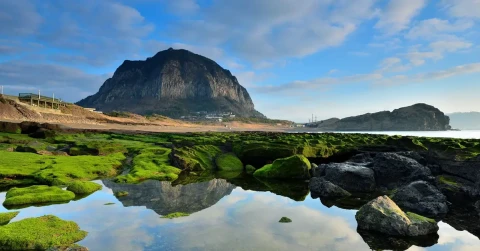
- 111 North Bridge Road #02-15 Peninsula Plaza, Singapore, Singapore
- +65 6332 xxxx
- +65 6332 xxxx
from SGD 1,998
7 days
Customized Tours
Availability: 09 Jul 2025 to 31 Mar 2026
HIGHLIGHTS
Day 1 Arrival in Jeju (No Meal)
Welcome to Jeju | Jeju Nature Tour
Arrive in Jeju airport, meet and greet by your personal tour guide in Jeju. Board private chartered vehicle and proceed for Jeju Nature Tour.
Hallim Park is one of the most popular tourist spots on Jeju Island, located about 33km west of Jeju City and Hallasan Mountain along the beach in Hallim-eup. It faces the pleasant scenery of Biyangdo Island, Hyeopjae Beach and Geumneung Beach
Day 2 Jeju (Breakfast)
Jeju Island Tour – visit the 3 S
Meet in the hotel lobby and start your day to explore the three S on Jeju Island Tour. Seongsan Ilchulbong Peak rose from under the sea in a volcanic eruption over 100,000 years ago. Located on the eastern end of Jejudo Island, there is a huge crater at the top of Seongsan Ilchulbong Peak.
Day 3 Jeju – Seoul (Breakfast)
Eastern Jeju Tour | Arrival in Seoul
Hotel check-out. Start your Eastern Jeju adventure and learn more about Jeju-do. Manjanggul Cave is one of the finest lava tunnels in the world, and is a designated natural monument. A lava tunnel is formed when the lava that was deep in the ground spouts from the peak and flows to the surface.
Day 4 Seoul (Breakfast)
Seoul City Highlight Tour in Historical Center
After a first breakfast in Seoul, meet in hotel lobby and depart for Seoul City Tour. Gwanghwamun Square stretches out from Gwanghwamun Gate, once the main gate of Gyeongbokgung Palace, to Sejongno Sageori Intersection
Day 5 Seoul (Breakfast)
A Fun-Loving Day In Seoul
Visit to Theme Amusement Park Lotte World or visit to Skyscraper Observatory Seoul Sky in Lotte World Tower.
Day 6 Seoul (Breakfast)
Enjoy a free day at leisure in Seoul
Day 7 Departure from Seoul (Breakfast)
Free at own leisure till departure transfer from hotel to airport for homebound flight

- +65 6332 xxxx
- +65 6332 xxxx
















